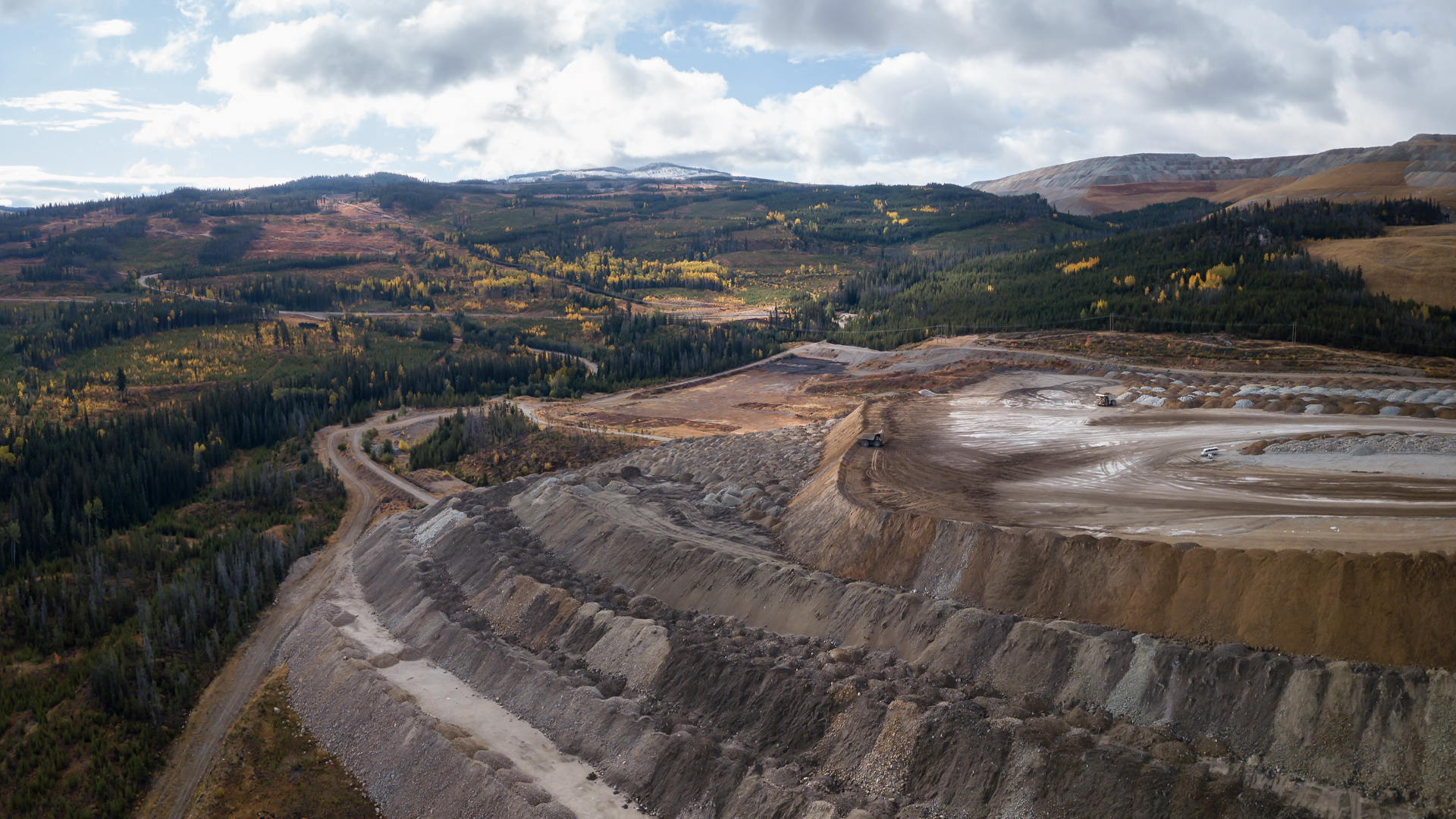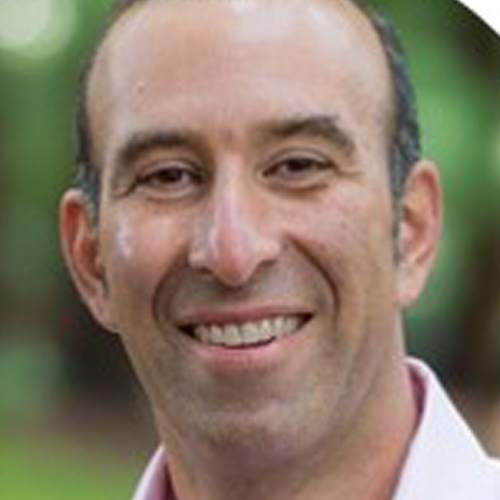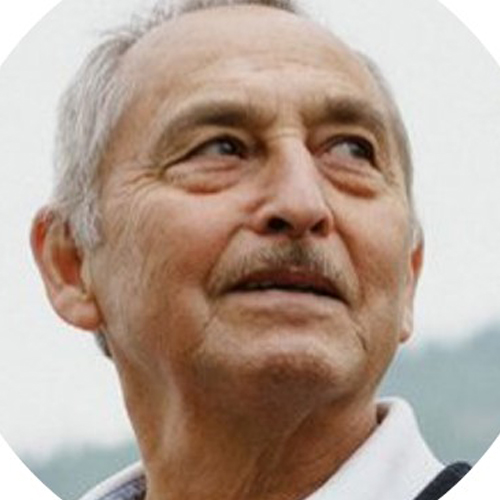
In late 2022, the federal government released its much-anticipated critical minerals strategy. This is the latest in a series of national plans aimed at securing minerals vital for renewable energy, electric vehicles and other low-carbon technologies. The strategy aims to position Canada as a globally significant supplier of copper, nickel, lithium and other elements whose demand is expected to increase over the coming decades.
Meeting this ambitious goal is critical to addressing the climate crisis. But the path forward won’t be easy. It will demand nothing less than re-imagining the future of mineral exploration and mining.
As a group of interdisciplinary scholars, Indigenous leaders and industry partners, we support transformational change in the mining sector that promotes environmental sustainability and reconciliation with Indigenous communities.
Reducing the environmental impacts of mining
Though Canada has large mineral resources, we need to continue discovering new deposits, while developing approaches for accessing ore bodies buried deep underground and for extracting more from deposits with lower metal concentrations. We also need innovative methods for mineral extraction and processing that drastically reduce water consumption and the accumulation of toxic waste.
At the same time, we must significantly improve recycling systems for critical minerals, many of which currently end up in landfills due to a lack of appropriate recovery technologies.
Canadian scientists and engineers have the expertise to meet these technical challenges. With determination, creativity and adequate support, we can increase the supply of metals while significantly decreasing (or, better still, eliminating) harmful environmental impacts.
Indigenous reconciliation
As we work to address the scientific and engineering challenges, we must also focus our attention on reconciliation efforts. This requires fundamentally new relationships with Indigenous Peoples. It is perhaps here that our greatest challenge and opportunity lies.
Indigenous Peoples hold constitutionally recognized rights and title over some of the most mineral-rich lands in Canada. In northern British Columbia, for example, the so-called Golden Triangle sits on the territory of the Tahltan, Gitanyow and Nisga’a nations.
Yet despite the inherent mineral wealth of their lands, Indigenous Peoples have often been sidelined in the development of the mining sector. They have suffered disproportionate negative impacts from mining while reaping relatively few benefits from a multi-billion-dollar industry.
In the era of truth and reconciliation, we now have a historic opportunity to build a new paradigm of Indigenous-led mineral resource discovery and development.
The federal critical minerals strategy rightly emphasizes reconciliation with Indigenous Peoples as a core objective. It also aspires to accelerate project approvals, “with the aim of securing the free, prior and informed consent of Indigenous Peoples.”
This represents a significant challenge. There is a need to move quickly, but Indigenous participation and environmental assessment cannot become a race against the clock. Rapid development of new projects cannot come at the expense of due process and meaningful consultation.
So how can we best move forward? We recommend three approaches.
The road ahead
First, we must to modernize the outdated legal and economic frameworks of the mineral exploration industry. Take, for example, British Columbia’s Mineral Tenure Act, which dates back to the 19th century gold rush, and has retained many of its colonial-era provisions.
This legislation enables anyone “free entry” to stake a mining claim in the province. A claimant need not touch the ground, nor engage with Indigenous Nations on whose territory the claim may fall. The act stands in stark contrast to the province’s Declaration on the Rights of Indigenous Peoples Act (DRIPA).
The Gitxaala Nation is challenging the process for staking claims in British Columbia as unconstitutional. The B.C. Supreme Court will hear the challenge in April and its decision will impact the interpretation of Indigenous rights under both DRIPA and the UN Declaration on the Rights of Indigenous Peoples. The case will also affect the future of the province’s mineral exploration sector, with implications across Canada and beyond.
Second, we must develop systems of environmental assessment, monitoring and mine closure that respect Indigenous rights, and incorporate traditional knowledge and values into decision-making.
At present, assessments typically rely upon proprietary data gathered by outside experts. We need a more inclusive and transparent approach to risk assessment aimed at supporting informed decision-making by local communities. In this respect, significant leadership could come from the Indigenous Guardians –Indigenous experts who manage protected areas and strengthen community-based oversight of their lands.
Finally, we must build Indigenous leadership capacity in Canada’s mineral resource sector. Indigenous Peoples certainly benefit from employment in the mining industry, but the economic benefits may be short-lived, relative to harmful environmental impacts.
Canada needs to keep pace with the U.S. in the transition to electric vehicles
Employment opportunities must extend across the entire industry, from excavation sites to executive suites. This requires access to advanced education, not just in earth sciences and engineering, but also in law, business and public policy.
About 10 per cent of Indigenous Peoples in Canada have a university degree, according to Statistics Canada. This compares to approximately 25 per cent for non-Indigenous Peoples. Closing this gap must become a policy priority.
A brighter future
While the challenges ahead are significant, we have begun seeing some reasons for optimism.
The Tahltan Nation’s central government recently signed an agreement with British Columbia for consent-based decision-making under DRIPA. Meanwhile, the Nisga’a Nation developed a revenue-sharing arrangement with the operators of the Red Chris mine.
These examples demonstrate that economic development and reconciliation can go hand-in-hand in the supply of critical metals.
The federal critical minerals strategy must do more than supply our country (and the world) with much-needed resources. As we work to address the significant technical challenges ahead, we must also build collaborative and respectful relationships with Indigenous Peoples.
These relationships must be based on co-management, co-operation and mutually beneficial investment. Only then will Canada exert true leadership in the global mineral resource and mining sector, setting a higher standard for other countries to follow.
This article reflects the collective perspectives of the UBC The Future Minerals Working Group, which includes: Werner Antweiler, Shaun Barker, Roger Beckie, Erik Eberhardt, Allen Edzerza, Ken Edzerza, Sara Ghebremusse, Lindsey Heagy, Maria Holuszko, Nadja Kunz, Carol Liao, Allison Macfarlane, Kirby Muldoe, Shandin Pete, Dave Porter and Philippe Tortell.

















